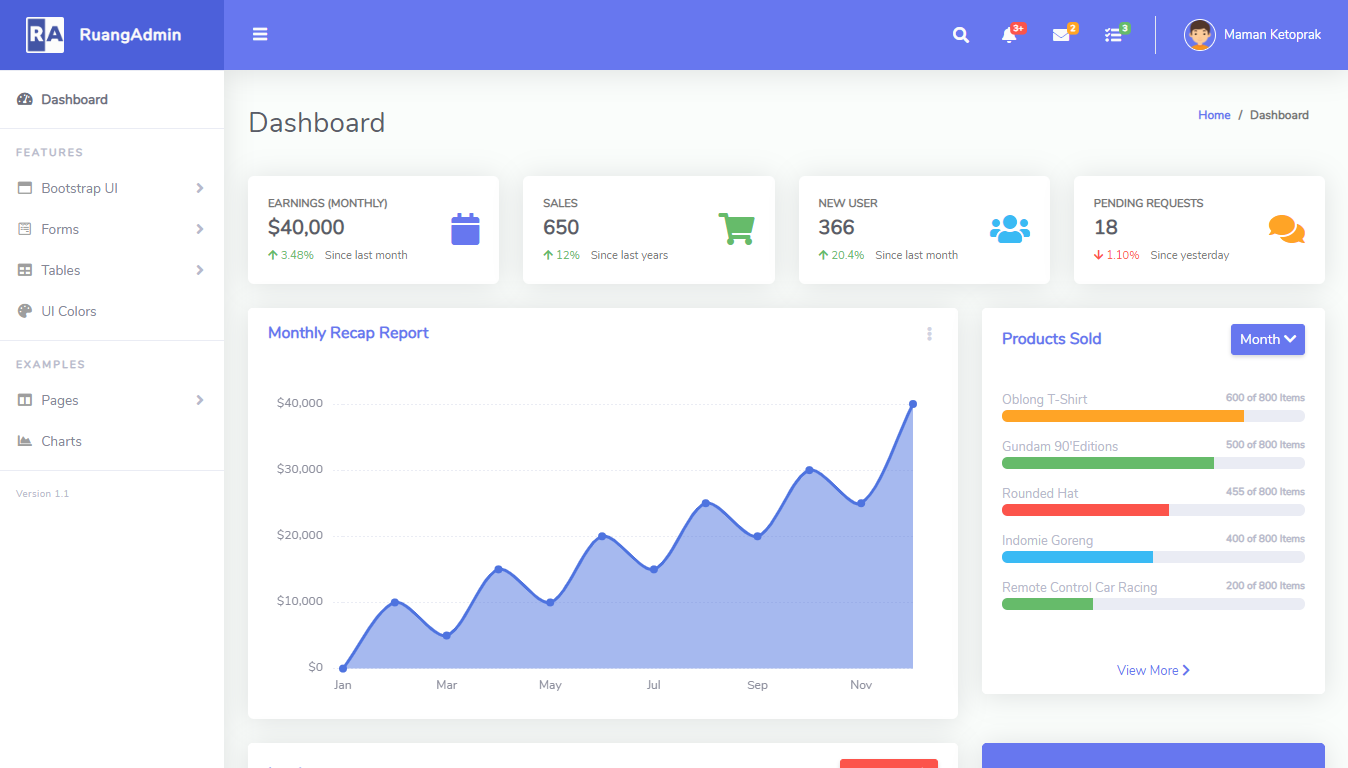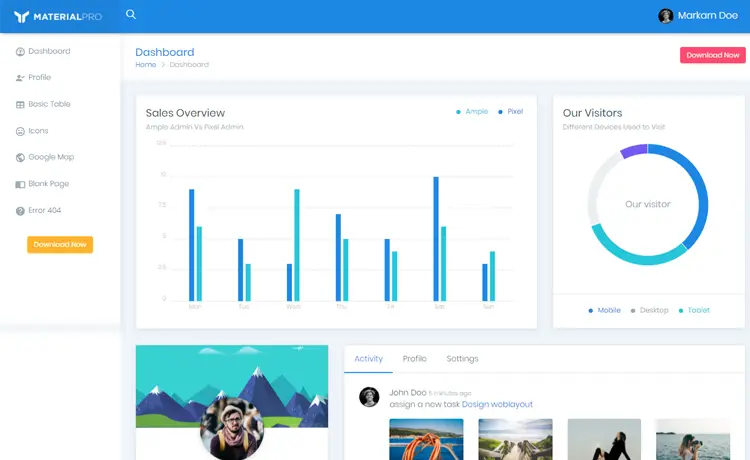How to set json serializer settings in ASP.NET Core
By Tan Lee Published on Dec 27, 2024 863
In ASP.NET Core, the AddMvc method returns an IMvcBuilder implementation, which provides an extension method called AddJsonOptions to configure JSON serialization settings. The newer methods AddControllers, AddControllersWithViews, and AddRazorPages also return an IMvcBuilder and can be chained with AddJsonOptions in the same way as AddMvc. This allows you to configure JSON serialization settings for your controllers, Razor Pages, or MVC views.
To configure the JSON serialization globally, you need to modify the AddControllers or AddMvc method in the ConfigureServices method of your Startup.cs or Program.cs file (for ASP.NET Core 6 and later).
using Microsoft.AspNetCore.Builder;
using Microsoft.Extensions.DependencyInjection;
using Microsoft.Extensions.Hosting;
using Newtonsoft.Json; // If you want to use Newtonsoft.Json
var builder = WebApplication.CreateBuilder(args);
// Configure JSON serialization settings
builder.Services.AddControllers()
.AddJsonOptions(options =>
{
// Example: Use camel case for property names
options.JsonSerializerOptions.PropertyNamingPolicy = System.Text.Json.JsonNamingPolicy.CamelCase;
// Example: Ignore null values
options.JsonSerializerOptions.DefaultIgnoreCondition = System.Text.Json.JsonIgnoreCondition.WhenWritingNull;
// Example: Configure custom converters if needed
// options.JsonSerializerOptions.Converters.Add(new YourCustomConverter());
});
// If you want to use Newtonsoft.Json instead of System.Text.Json
builder.Services.AddControllers()
.AddNewtonsoftJson(options =>
{
// Example: Camel case property names using Newtonsoft.Json
options.SerializerSettings.ContractResolver = new Newtonsoft.Json.Serialization.CamelCasePropertyNamesContractResolver();
// Example: Ignore null values using Newtonsoft.Json
options.SerializerSettings.NullValueHandling = NullValueHandling.Ignore;
});
var app = builder.Build();
// Use the application
app.MapControllers();
app.Run();For versions prior to ASP.NET Core 6, you would typically use Startup.cs. Here's how to configure JSON serialization settings in ConfigureServices.
public void ConfigureServices(IServiceCollection services)
{
services.AddControllers()
.AddJsonOptions(options =>
{
// Example: Use camel case for property names
options.JsonSerializerOptions.PropertyNamingPolicy = System.Text.Json.JsonNamingPolicy.CamelCase;
// Example: Ignore null values
options.JsonSerializerOptions.DefaultIgnoreCondition = System.Text.Json.JsonIgnoreCondition.WhenWritingNull;
// Example: Add custom converters
// options.JsonSerializerOptions.Converters.Add(new YourCustomConverter());
});
// If you want to use Newtonsoft.Json instead of System.Text.Json
services.AddControllers()
.AddNewtonsoftJson(options =>
{
// newtonsoft json serializer settings
// Example: Camel case property names
options.SerializerSettings.ContractResolver = new Newtonsoft.Json.Serialization.CamelCasePropertyNamesContractResolver();
// Example: Ignore null values
options.SerializerSettings.NullValueHandling = NullValueHandling.Ignore;
});
}You can control the behavior of JSON serialization on a per-action basis or globally via middleware.
[HttpGet]
public IActionResult Get()
{
var result = new { Name = "John", Age = 30 };
return new JsonResult(result, new JsonSerializerOptions
{
PropertyNamingPolicy = JsonNamingPolicy.CamelCase,
DefaultIgnoreCondition = JsonIgnoreCondition.WhenWritingNull
});
}To set JSON serializer settings globally in ASP.NET Core, you generally modify the AddJsonOptions method in your Program.cs or Startup.cs file. You can use System.Text.Json or Newtonsoft.Json based on your preference.
- Implement security headers for an ASP.NET Core
- How to Initialize TagHelpers in ASP.NET Core with Shared Data
- Boost Your ASP.NET Core Website Performance with .NET Profiler
- The name 'Session' does not exist in the current context
- Implementing Two-Factor Authentication with Google Authenticator in ASP.NET Core
- How to securely reverse-proxy ASP.NET Core
- How to Retrieve Client IP in ASP.NET Core Behind a Reverse Proxy
- Only one parameter per action may be bound from body in ASP.NET Core





